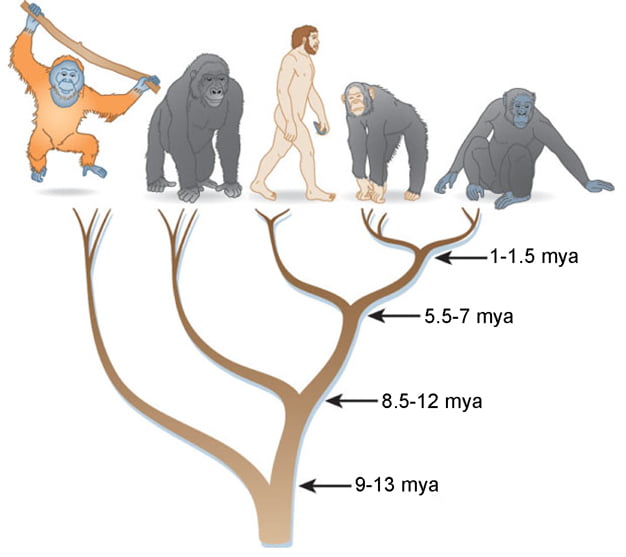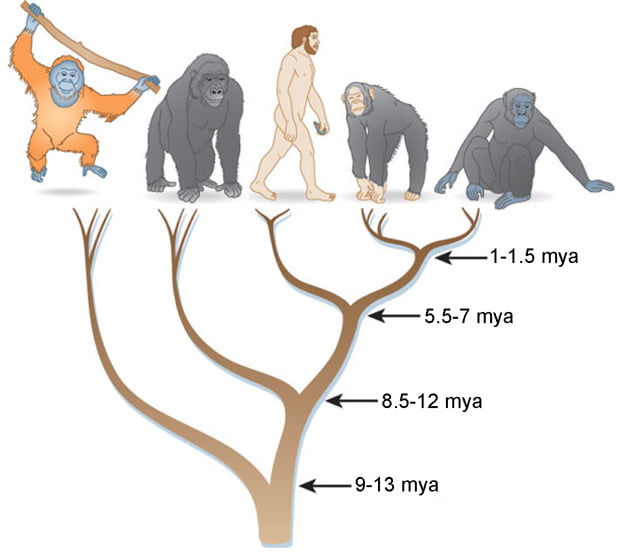By Prof. Levine & Dr. Salganik
Greetings
Let's recall that we assumed that the core nucleus for the creation of internalized characters in humans are the areas that specialized in face recognition and especially the fusiform nucleus area.
This time we will ask what happens in a variety of animals from humans through other primates and vertebrates?
Do they also have internalized figures of their own species and perhaps of significant others [eg human faces in domesticated animals]?
In order to deal with this difficult question, we will try to go through studies that clarified the core of our hypothesis for the creation of internalized figures [if primary and diffuse and if complex] and that is the ability in higher animals to recognize their faces
We will raise the question of whether there are illustrations that reflect the processing of the most important facial data for an individual whether it is a person or an animal, those that the individual is more exposed to. Are these illustrations in which the processing is done in a better quality and maybe faster and with a higher resolution? Are these similar or different between humans and other primates and between humans and other vertebrates?

The upper group is the primate group
Read more »
By Prof. Levine & Dr. Salganik
שלום רב
נזכיר כי הנחנו שהגרעין הליבה ליצירת הדמויות המופנמות בבני אדם הינם האזורים שהתמחו בזיהוי הפנים ובמיוחד אזור גרעין הפיוזיפורם.
הפעם נשאל מה קורה אצל מגוון בעלי חיים מהאדם דרך פרימטים ובעלי חוליות?
האם גם להן דמויות מופנמות של בני המין שלהם ואולי של אחרים משמעותיים [למשל פני בני אדם אצל חיות מבויתות]?
בכדי להתמודד עם שאלה קשה זו ננסה לעבור על מחקרים שבררו את הגרעין להשערתנו ליצירת דמויות מופנמות [אם ראשוניות ודיפוזיות ואם מורכבות ] והוא יכולת זיהוי הפנים שלהם
נעלה את השאלה האם קיימים איורים המשקפים את עיבוד נתוני הפנים החשובים ביותר לפרט אם זה אדם ואם חיה, כאלו שהפרט נחשף אליהם יותר. האם אלו איורים בהם העיבוד נעשה באופן איכותי יותר ואולי מהיר יותר וברזולוציה גבוהה יותר? האם אלו דומים או שונים בין בני האדם והפרימטים ובין בני האדם ובעלי חוליות אחרים?

הקבוצה העליונה הינה קבוצת הפרימטים
Read more »
By Prof. Levine & Dr. Salganik
Greetings,
In this conversation we will first discuss the development of language in the young child, then we will briefly outline the stages of cognitive development in children according to the psychologist Piaget and the development of the theory of mind [THEORY OF MIND] and in this context we will mention the contribution of Baron-Cohen. In the following we will present two articles related to the development of language, one by Brooke Ferguson and Sandra Waxman from 2017 about the link between language and categorization in infancy, while the other is by Kerr Razori and her friends from the same year [2017] about the development of language to describe the mental state of the baby: the longitudinal roles of attachment and maternal language. It should be noted that there is not always unanimity regarding the dates of the different stages of development between the different approaches.
After laying out these datasets and views, we will try to briefly develop the issue of the influence of language development on the creation of internalized characters.
Read more »
By Prof. Levine & Dr. Salganik
שלום רב
בשיחה זו נדון תחילה בהתפתחות השפה אצל הילד הרך בהמשך נפרוס בקצרה את שלבי ההתפתחות הקוגניטיבית בילדים על פי הפסיכולוג פיאז'ה ואת התפתחות התיאוריה של התודעה או המוח [THEORY OF MIND] ובהקשר לכך נזכיר את תרומתו של ברון-כהן. בהמשך נביא שני מאמרים הקשורים בהתפתחות השפה האחד של ברוק פרגוסון וסנדרה וקסמן מ2017 אודות הקישור שבין שפה וקטגוריזציה בינקות ואילו השני זה של הקר רזורי וחבריה מאותה שנה [2017] אודות התפתחות השפה לתיאור המצב הנפשי של התינוק: התפקידים האורכיים של התקשרות [ATTACHMENT] ושפה אימהית. יש לציין כי לא תמיד יש תמימות דעים בהקשר למועדי שלבי ההתפתחות השונים בין הגישות השונות.
לאחר פריסת מערכי נתונים והשקפות אלו ננסה לפתח בקצרה את הנושא של השפעת התפתחות השפה על יצירת הדמויות המופנמות.
Read more »

 Prof. Joseph Levine, M.D. is an emeritus associate professor in the Division of Psychiatry, Faculty of Health Sciences, Ben Gurion University in Israel. Prof. Levine is a certified psychiatrist with clinical experience in controlled trials of adult psychiatric disorders and in psychotherapy. He was awarded a NRSAD independent investigator grant for the study of Creatine Monohydrate in psychiatric disorders -- mainly Schizophrenia. He resides and treats patients in Tel Aviv and all of central Israel.
Prof. Joseph Levine, M.D. is an emeritus associate professor in the Division of Psychiatry, Faculty of Health Sciences, Ben Gurion University in Israel. Prof. Levine is a certified psychiatrist with clinical experience in controlled trials of adult psychiatric disorders and in psychotherapy. He was awarded a NRSAD independent investigator grant for the study of Creatine Monohydrate in psychiatric disorders -- mainly Schizophrenia. He resides and treats patients in Tel Aviv and all of central Israel.
